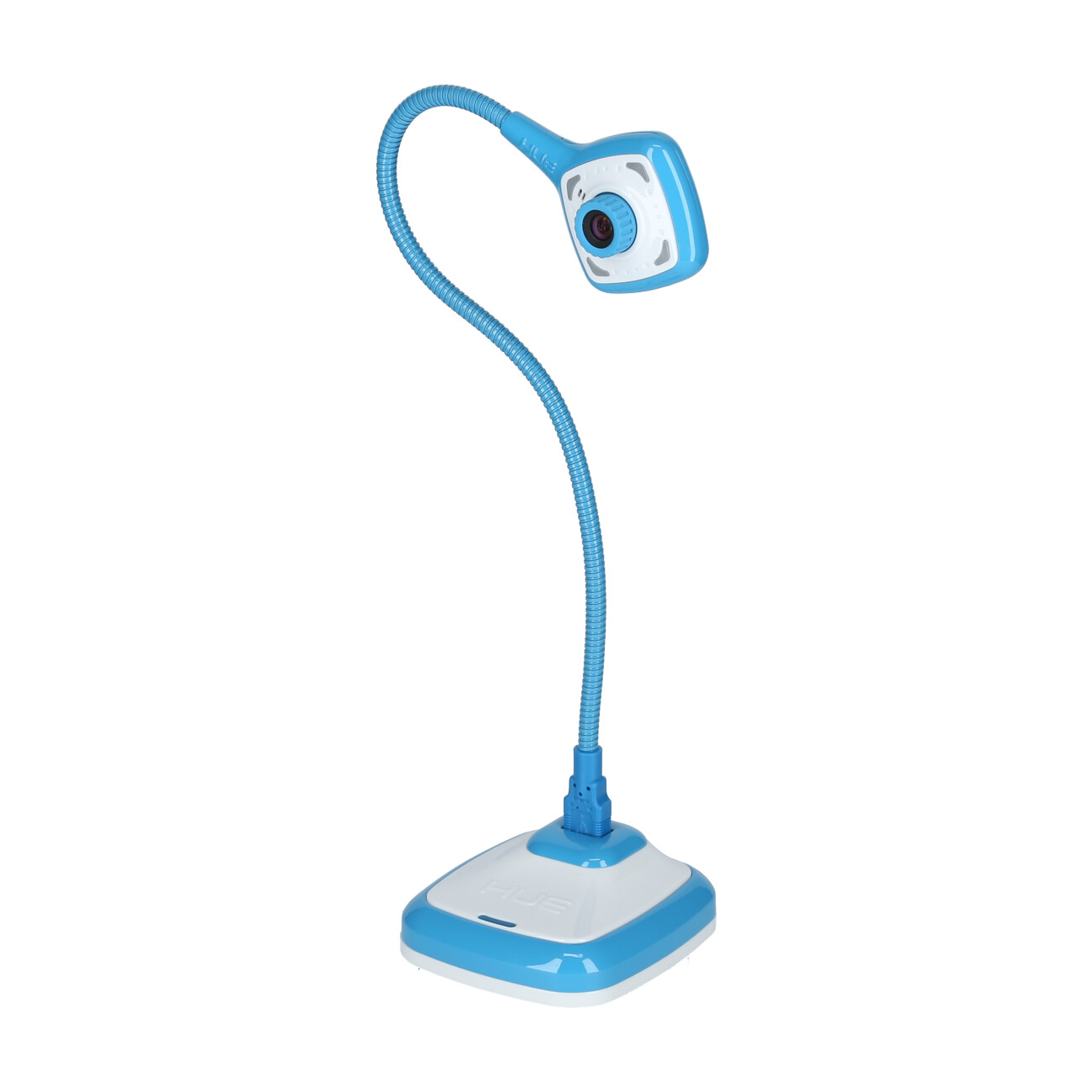



























£89.00*
Prices incl. VAT.
3-5 working days In stock. Ready for immediate dispatch. Delivery Time 3-5 working days
Shipping from £8.99 Product number: 1000000808
- Resolution 1920 x 1080 Full HD
- Focus type Manual & automatic focus


visunext Services
Product information
The HUE HD Pro classroom camera and visualiser is the latest addition to the HUE range of USB cameras. This camera can view a full A4 or US letter sheet and project it onto the whiteboard via your PC and projector.
- The length of the neck makes this camera perfect for viewing a full A4 or US letter page.
- The built-in LED lights will help illuminate your subject.
- Available for Windows and Mac OS X.
The HUE HD Pro also comes with specially designed software, HUE Intuition, to allow you to master the full functionality of the camera with ease. We are delighted to offer HUE Intuition to teachers for trial and we welcome all feedback.
HUE Intuition allows you to:
- Record video and sound and save movies locally, email or upload to YouTube
- Annotate images and save as JPG/BMP/PNG/GIF
- Take snapshots
- Take multiple images over time
Use the HUE HD Pro for:
- Demonstrating a science project
- Taking snapshots of student work
- Recording a technique or experiment and replay it to the class
- Chatting with remote schools in other countries with software such as Skype™
Technical data
| Name | HUE HD Pro - Blue |
|---|---|
| Article number | 1000000808 |
| GTIN/EAN | 5060167261695 |
| Model name | HD Pro |
| Brand | HUE |
| Product Type | Visualizer |
| Resolution | 1920 x 1080 Full HD |
| Frames per Second | 30 fps |
| Focus type | Manual & automatic focus |
| Outputs | 1x USB-A |
| Weight | 0.32 kg |
| Colour | Blue |
| Condition | New |
| Warranty | 24 Month |
| Warranty type | Bringin service Service and support information |
Product safety
| Person responsible for the EU |
|---|
| Signify GmbH |
| Röntgenstraße 22 |
| 22335 Hamburg |
| Germany |



